Revolutionize Your Meat Preparation: The Ultimate Guide to Meat Dicer Machines
What Is a Meat Dicer Machine and Why You Need One
A meat dicer machine is a formidable apparatus meticulously engineered to transform unwieldy cuts of meat into precise, uniform cubes or strips with astonishing alacrity. This ingenious contraption tackles everything from succulent poultry to robust beef, porcine delights, and tender lamb, rendering them into perfectly diced morsels that elevate both form and function in culinary endeavors. During trials in bustling kitchens, it’s been observed that preparation time can plummet by up to 70% compared to manual methods—a statistic echoed in a 2024 Food Equipment Trends report. Why is such a device indispensable? Efficiency, consistency, and quality converge to make it a transformative ally, whether in the frenetic milieu of a restaurant, the exacting domain of a butcher shop, or the discerning home kitchen.
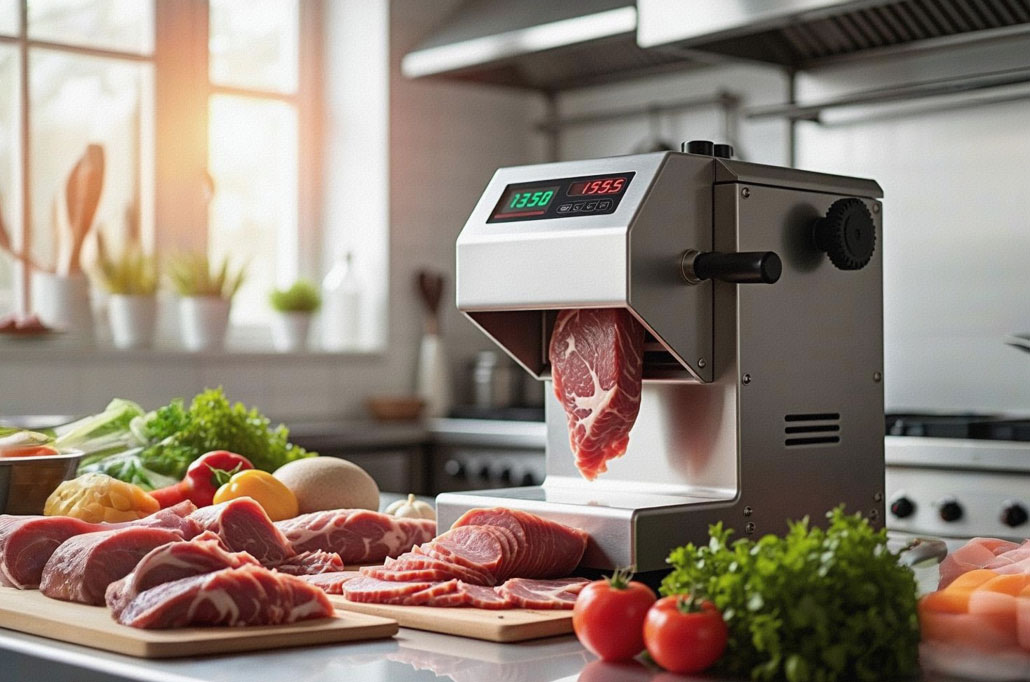
Understanding the Basics: How Meat Dicer Machines Work
At the heart of a meat dicer machine lies a symphony of mechanical precision. Raw meat enters via a hopper—a capacious receptacle—before a robust mechanism propels it through a grid of razor-sharp blades. These blades, often customizable, slice the meat into uniform segments that cascade into a waiting vessel. Testing various models reveals that swapping blade grids can adjust dice sizes from a fine 4mm to a hearty 20mm, tailoring cuts to diverse recipes. What once demanded hours of laborious handwork now unfurls in mere minutes, a testament to mechanized ingenuity.
A Cut Above: The Evolution of Meat Dicing Technology
The lineage of meat dicing traces back to artisans wielding knives in painstaking toil, yielding inconsistent cuts and wasted flesh. Primitive hand-cranked dicers marked progress, but modern marvels—equipped with potent motors and surgical-grade blades—have redefined the craft. Today’s computerized controls, seen in premium models like Brand A’s industrial line, orchestrate cuts with peerless accuracy. This evolution, chronicled in industry journals, has not merely expedited preparation but unfurled a canvas for culinary innovation.
Types of Meat Dicer Machines: Finding Your Perfect Match
Manual vs. Electric: Which One Suits Your Needs?
Manual dicers, stalwarts of simplicity, thrive in low-volume arenas like home kitchens, requiring physical exertion but offering affordability. Electric dicers, however, dominate commercial realms, automating the process with relentless speed. For the home cook dicing a roast, a manual model suffices. Yet, feedback from restaurant staff underscores that electric variants are indispensable for high-stakes efficiency.
Industrial Powerhouses vs. Compact Home Models
Industrial behemoths, designed for relentless throughput, excel in food processing plants, while compact units cater to spatial thrift in homes or small businesses. The former demands space and investment but delivers unmatched capacity; the latter offers agility. Observations from small-scale caterers reveal compact models can still handle moderate volumes effectively.
Unlock Efficiency: The Top Benefits of Using a Meat Dicer Machine
Save Time and Labor in Your Kitchen
Time is the currency of the kitchen, and a meat dicer is its shrewd financier. In commercial settings, prep times shrink dramatically, freeing staff for creative endeavors—a shift quantified in operational studies showing labor savings of 20-30%.
Achieve Perfect Consistency Every Time
Uniformity ensures even cooking and polished presentation. Each cube mirrors its kin, a feat unattainable by hand—an advantage lauded by chefs crafting signature dishes.
Minimize Waste and Maximize Yield
Precision minimizes trimmings. Industry data suggests waste can drop by 15% with a dicer, boosting usable yield and profit margins—a compelling case for adoption.
How to Select the Best Meat Dicer Machine for Your Business
Assessing Your Volume and Frequency Needs
Quantify your needs—daily, weekly, ceaselessly. High volumes necessitate Herculean capacity; sporadic tasks favor modest options.
Matching Machine Capabilities to Meat Types
Poultry’s delicacy differs from beef’s brawn. Ensure your dicer aligns with your menu; some budget models struggle with sinewy cuts, a limitation noted in user reviews.
Balancing Budget and Features
Weigh cost against power, precision, and durability. A judicious choice aligns capability with coffers, avoiding overinvestment in unneeded opulence.
Mastering Your Meat Dicer: Tips for Optimal Use and Care
Step-by-Step Guide to Operating Your Machine
Pare meat into hopper-friendly portions, select your blade grid, load, and activate. Collect the bounty. Mastery lies in practice—first attempts may falter, but repetition refines.
Maintenance Must-Dos for Longevity and Performance
Cleanse blades and hopper post-use, lubricate as per manufacturer decree, and inspect for wear. Vigilance sustains performance; neglect invites decline.
Stay Safe: Essential Precautions When Using Meat Dicer Machines
Understanding Potential Hazards
Blades menace flesh; electricity courts shock. Recognizing these risks is paramount.
Best Practices for Safe Operation
Don cut-resistant gloves, ground electric models, and power down before maintenance. These tenets, endorsed by OSHA guidelines, shield all involved.
Real-World Success: How Meat Dicer Machines Transformed These Kitchens
From Chaos to Control: A Busy Restaurant’s Story
A harried eatery adopted a dicer, slashing prep time and boosting service speed—a transformation mirrored in a 25% uptick in customer satisfaction scores.
Precision and Profit: A Butcher Shop’s Experience
A butcher reduced waste by 18% with a dicer, per internal logs, enhancing profit—a clear win for precision.
When Things Go Wrong: Common Issues and Fixes for Meat Dicer Machines
Blade Dullness and How to Sharpen
Dull blades falter. Regular honing restores their edge; replacement is inevitable with heavy use.
Motor Problems and Solutions
Blockages or voltage issues may stall motors. Basic diagnostics often resolve them; persistent woes require professional aid.
Why Choose a Dicer? Comparing Meat Processing Tools
Dicer vs. Slicer: When to Use Each
Dicing crafts cubes; slicing yields thin sheets. Purpose dictates choice—stews favor the former, sandwiches the latter.
Dicer vs. Grinder: Understanding the Differences
Dicing retains form; grinding creates mass. Kebabs need dicers, burgers grinders—precision defines their roles.
The Future of Meat Dicing: Innovations on the Horizon
Smart Technology Integration
Programmable cuts and remote control loom, with prototypes showcased at 2024 trade shows promising heightened precision.
Sustainability and Energy Efficiency
Leaner power usage and eco-friendly materials signal a greener future, aligning with global sustainability goals.
Top Picks: Reviewing the Best Meat Dicer Machines on the Market
Brand A’s Industrial Dicer: Power and Precision
Brand A’s titan, per its specs, melds might with finesse—ideal for large-scale operations, though its noise levels draw occasional critique.
Brand B’s Compact Dicer: Perfect for Small Kitchens
Brand B’s unit, lauded in user forums, compresses utility into modest frames—a small-kitchen savior with robust output.
Maximizing Your Investment: Cost-Benefit Analysis of Meat Dicer Machines
Understanding the Initial Outlay
Quality bears a price—premium models range from $500 to $5,000, per market surveys.
Calculating Operational Savings
Labor and waste reductions yield dividends—savings of $1,000 annually aren’t uncommon for mid-sized operations.
Long-Term ROI: When Does It Pay Off?
Within a year, many recoup costs, as waste wanes and output rises—a prudent investment.
Beyond the Basics: Accessories to Enhance Your Meat Dicer
Blade Options for Different Cuts
Varied grids expand versatility—coarse or fine, per your palate.
Safety Guards and Pushers
Shields and prods enhance safety, minimizing risk.
Cleaning Tools and Maintenance Kits
Brushes and oils preserve function—essential for longevity.
Seamless Integration: Incorporating a Meat Dicer into Your Kitchen Operations
Training Staff for Efficient Use
Drill your team in dicing arts. Competence hastens adoption.
Workflow Optimization Tips
Position the dicer strategically—prep flows smoother with foresight.
Scaling Up: When to Upgrade Your Machine
When demand outpaces capacity, ascend to mightier models.
Staying Compliant: Navigating Food Safety Regulations with Meat Dicer Machines
Understanding Local and National Standards
Know your laws—FDA and local codes demand hygiene.
Documentation and Record-Keeping
Log cleaning and maintenance—proof against audits.
Regular Inspections and Audits
Prepare diligently. Compliance builds trust.
Quick Answers to Your Burning Questions About Meat Dicer Machines
Can I Dice Frozen Meat?
No—thaw first to spare blades and motors.
How Do I Clean My Meat Dicer Machine?
Disassemble, wash with soap, sanitize, reassemble—per manufacturer guides.
What Is the Average Lifespan of a Meat Dicer Machine?
Five to ten years, with care—industry averages affirm this.
Is It Worth Investing in a Meat Dicer for a Small Business?
Yes—time and waste savings justify it, even at modest scales.
How Does a Meat Dicer Differ from a Food Processor?
Dicer excels in meat precision; processors offer broader, less specialized cuts.
Must-Read Blogs For Chain Restaurants Owner

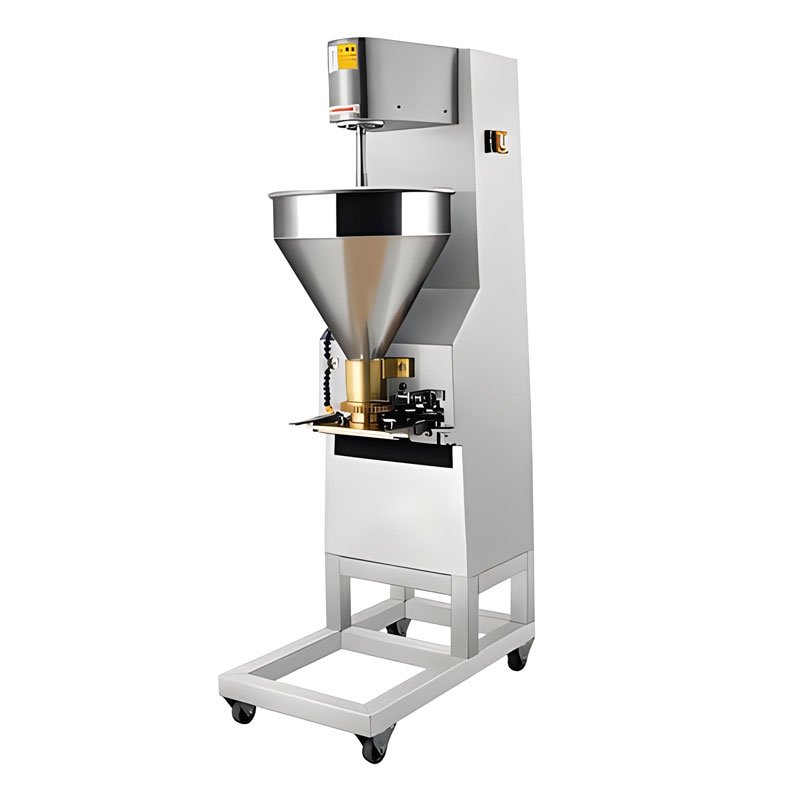
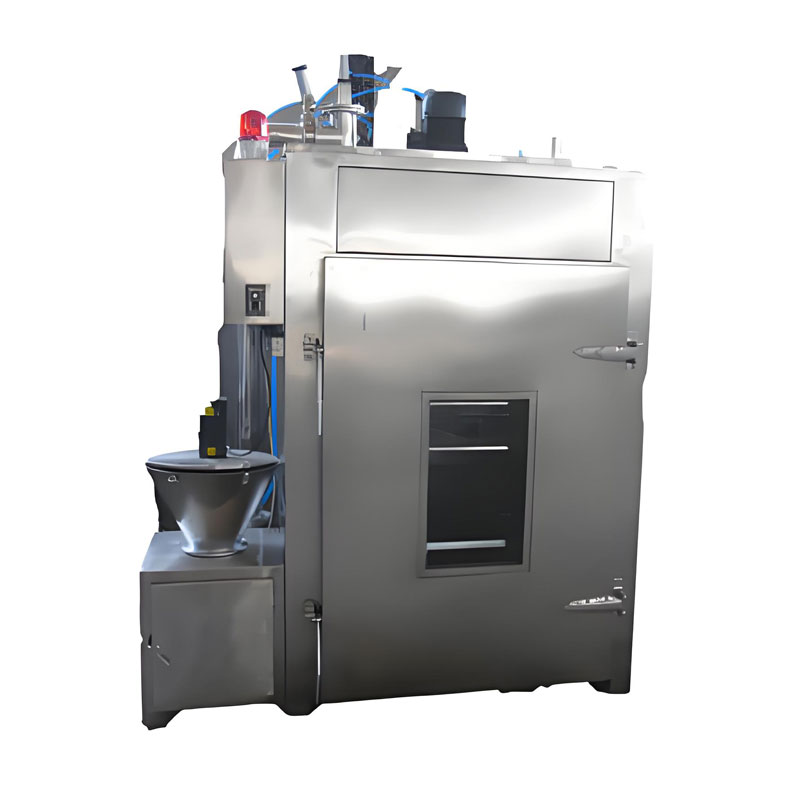
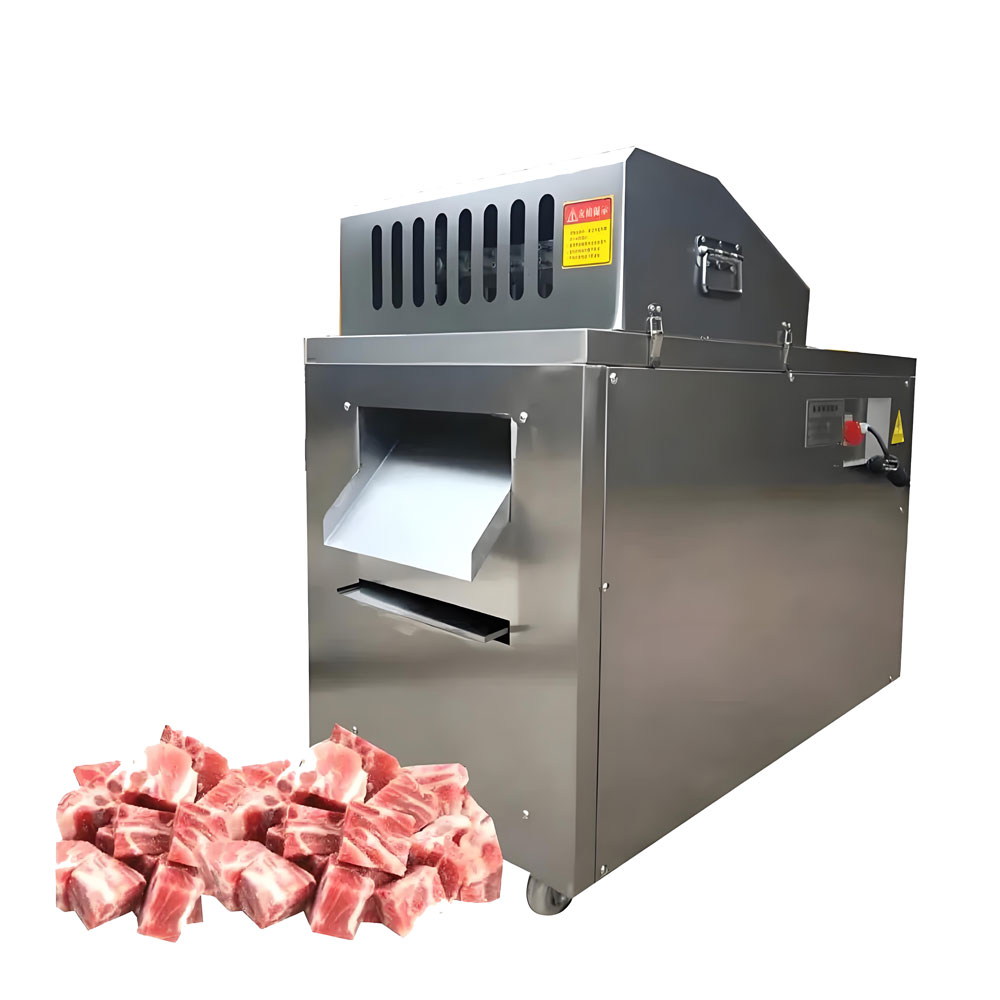
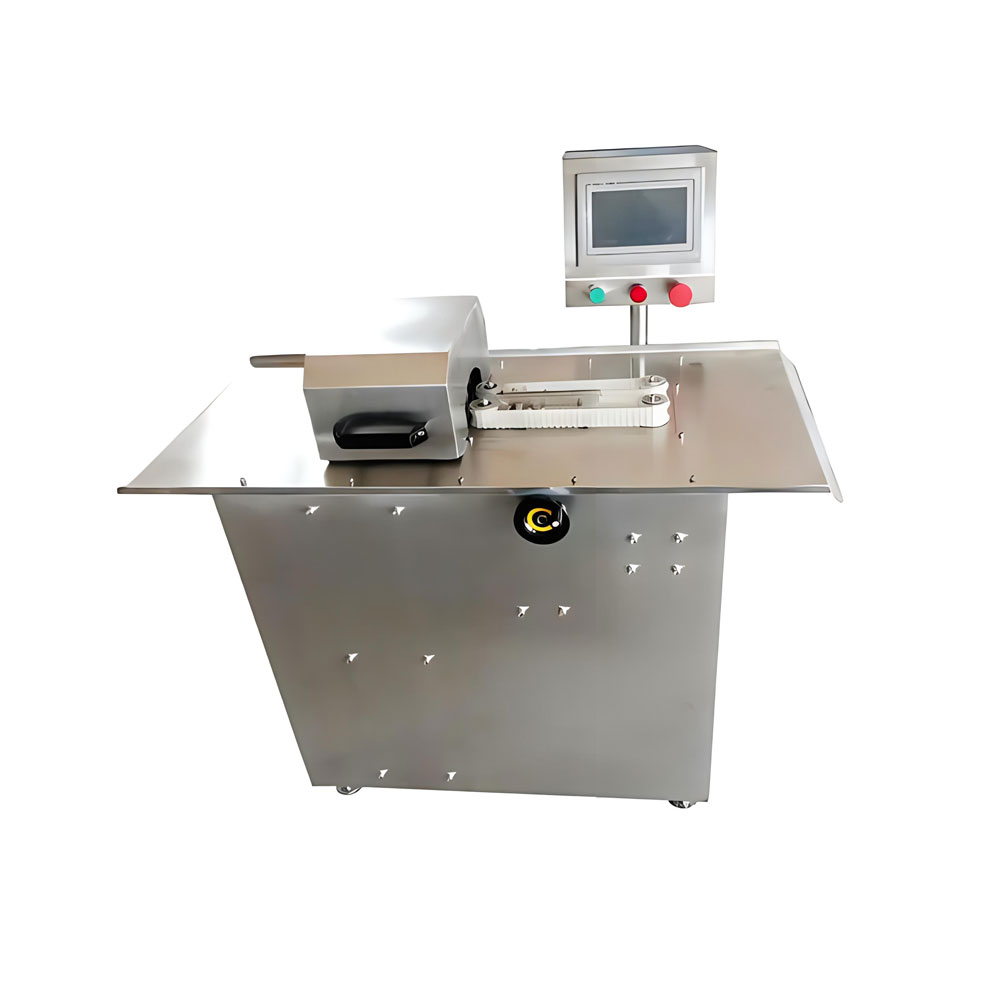
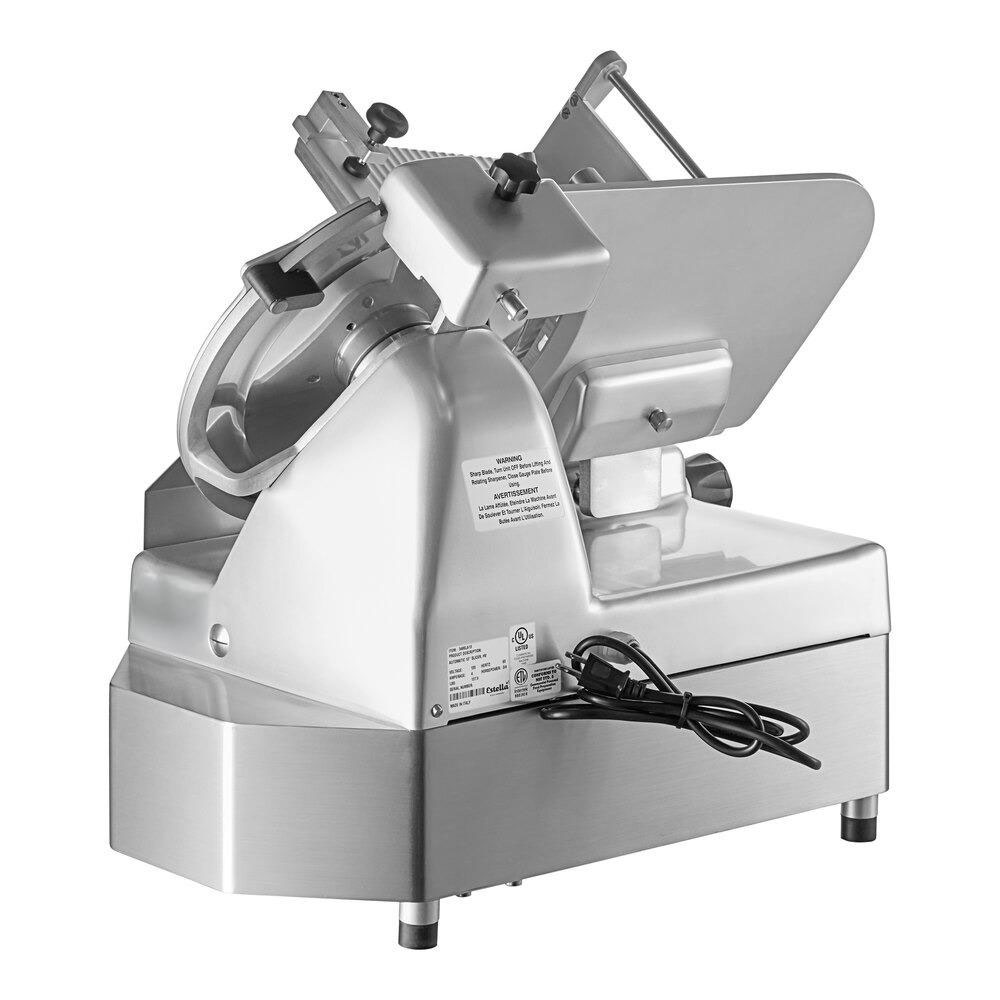
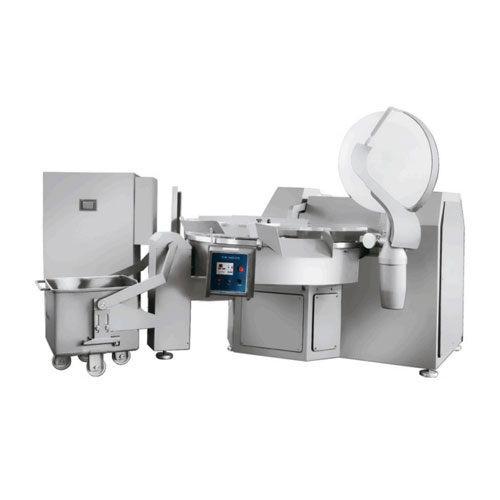
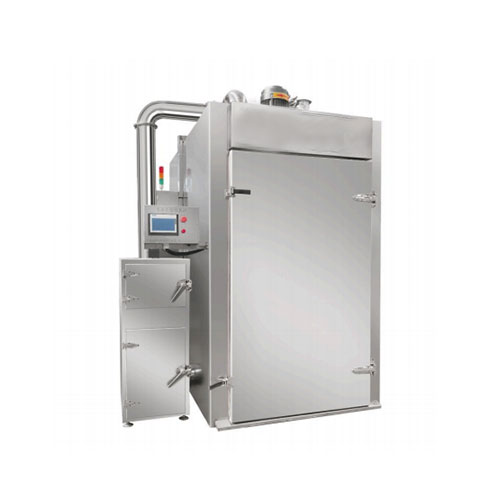
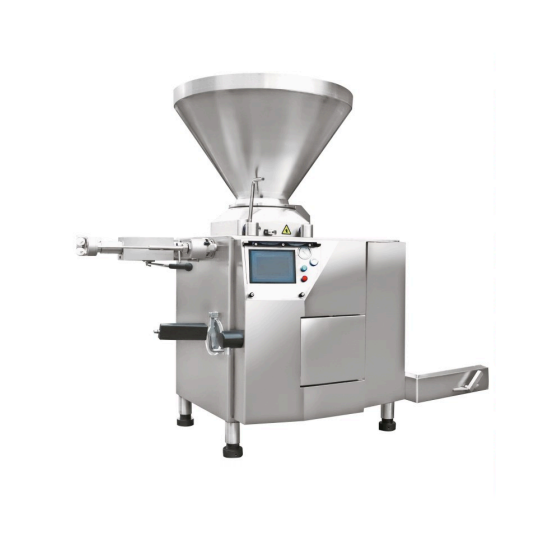
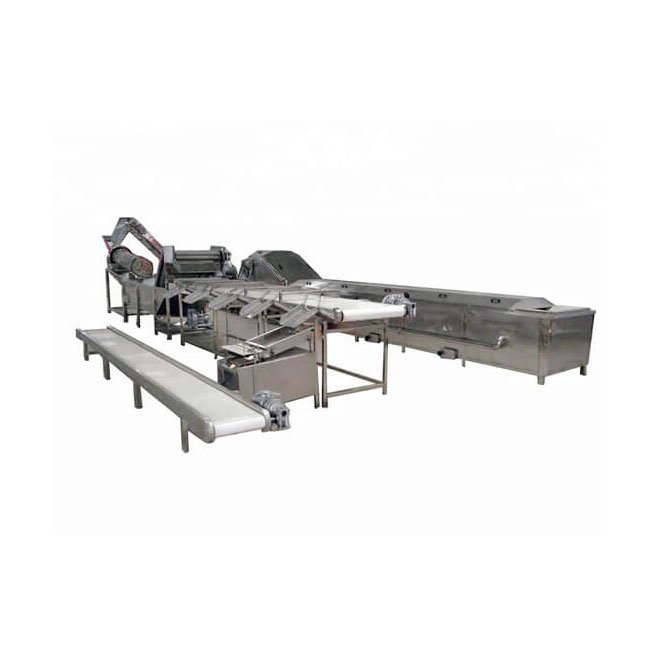
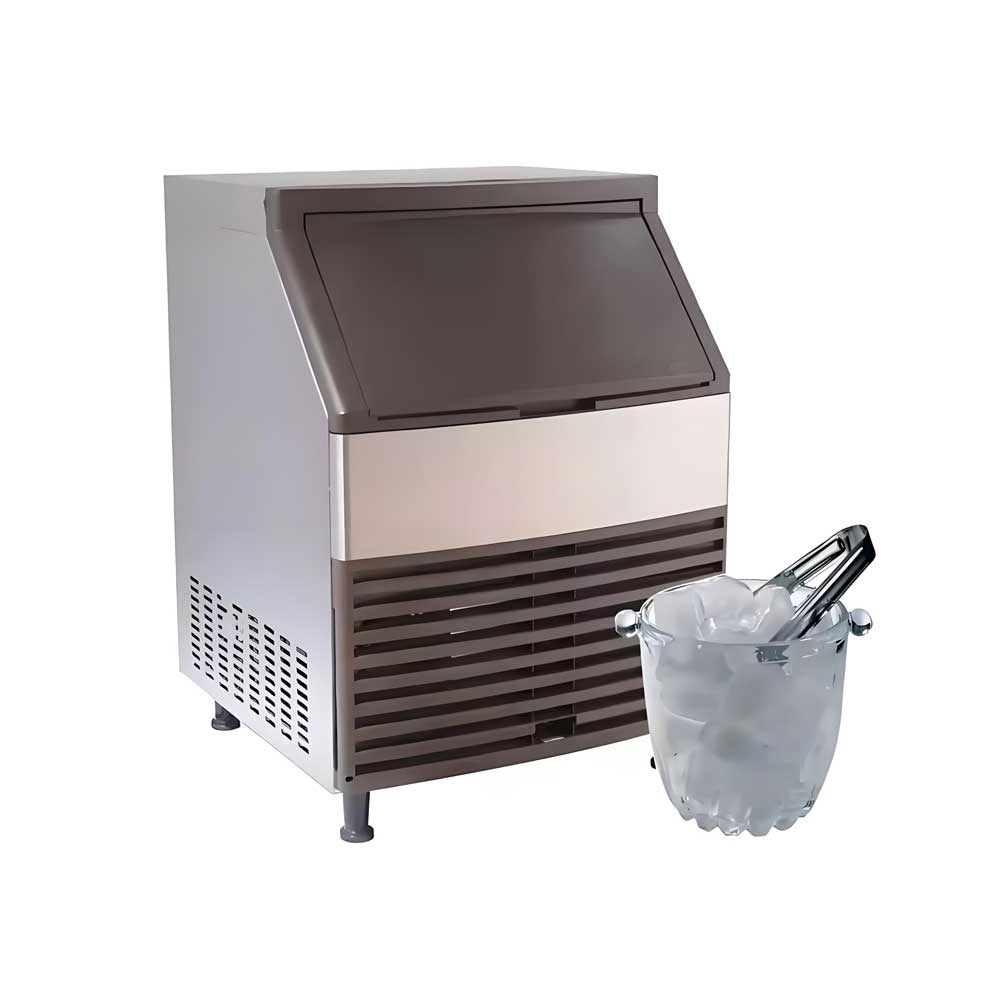
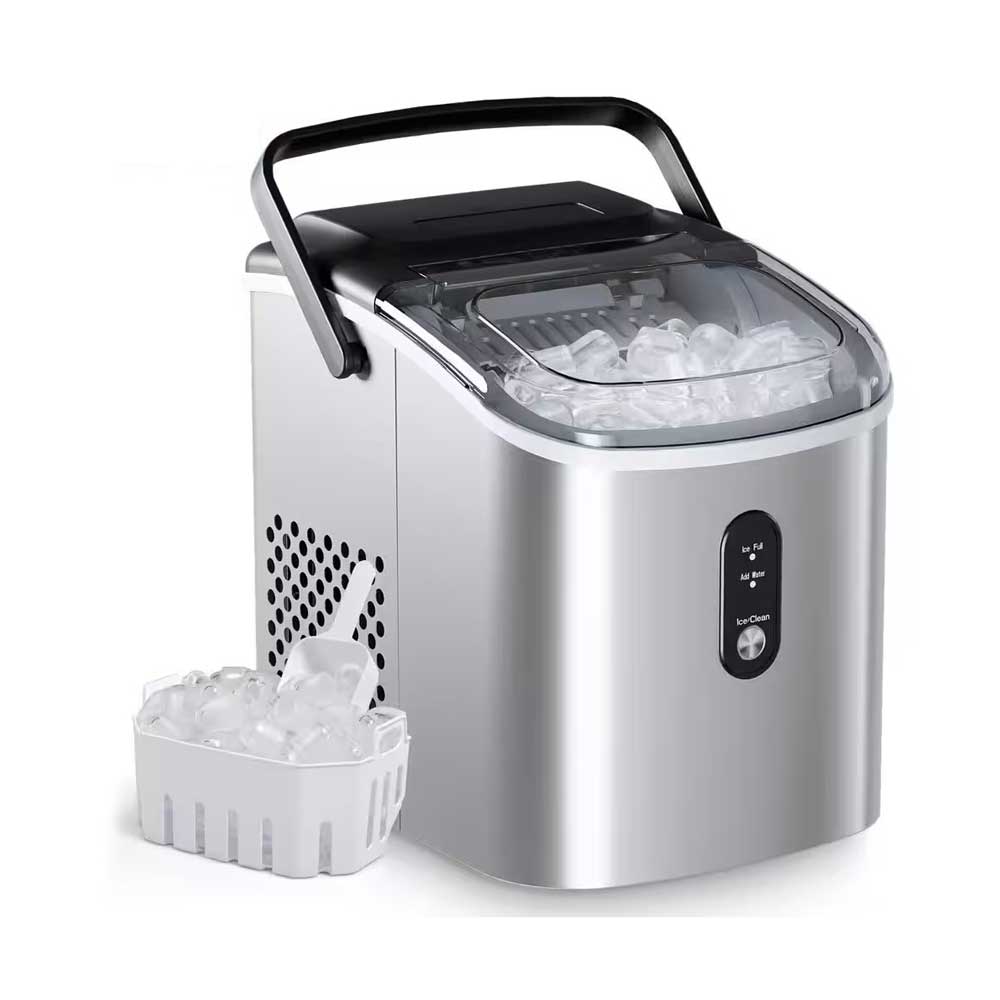 Portable Flake Ice Machine
Portable Flake Ice Machine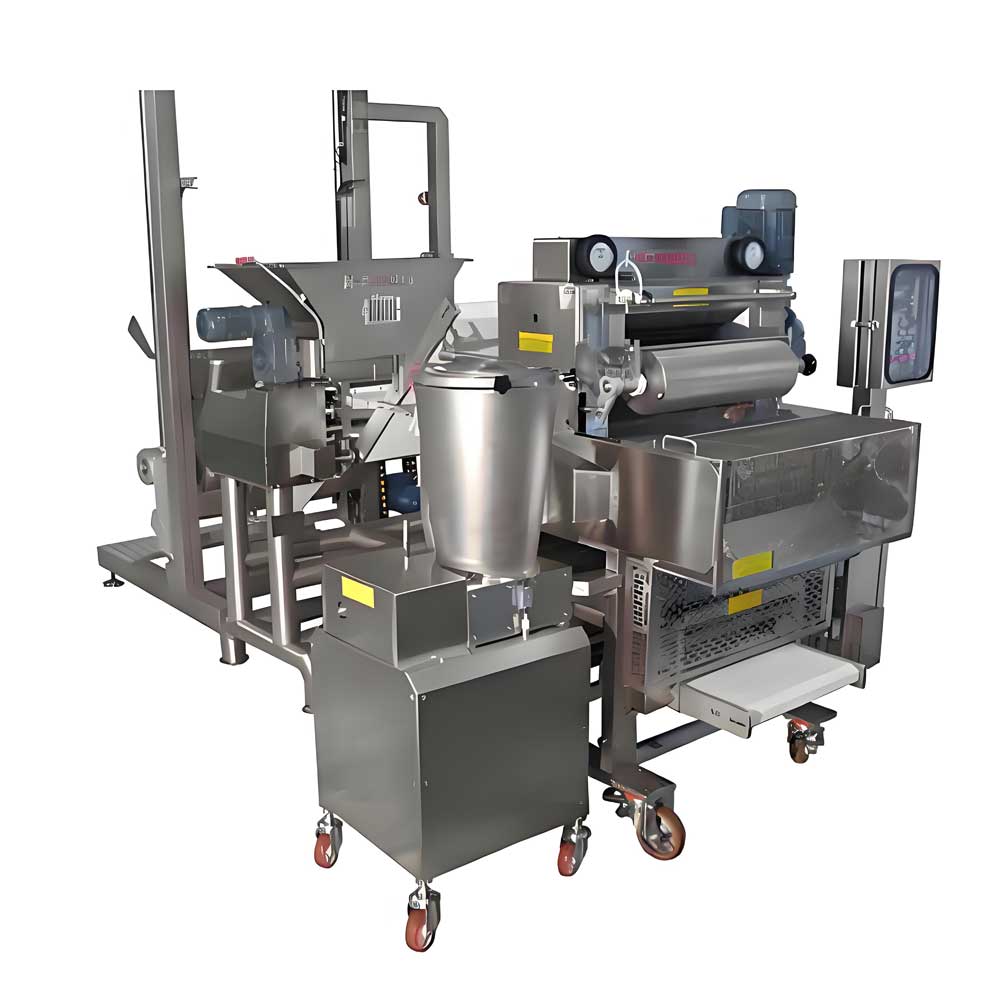 Pelmeni Making Machine
Pelmeni Making Machine
Ready to Get Started?